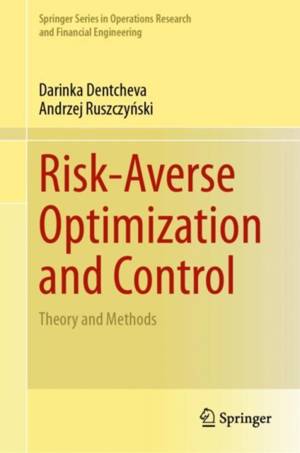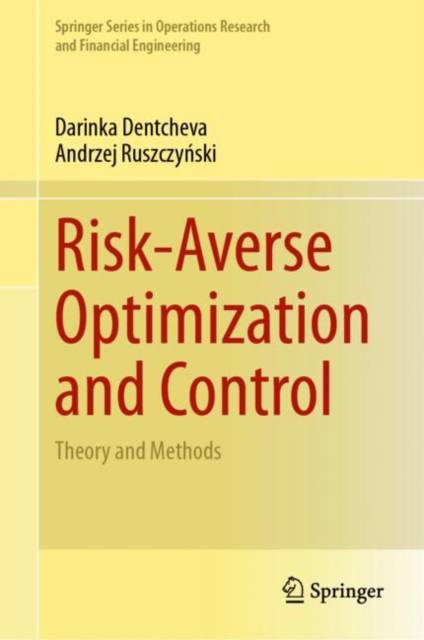
- Afhalen na 1 uur in een winkel met voorraad
- Gratis thuislevering in België vanaf € 30
- Ruim aanbod met 7 miljoen producten
- Afhalen na 1 uur in een winkel met voorraad
- Gratis thuislevering in België vanaf € 30
- Ruim aanbod met 7 miljoen producten
Omschrijving
This book offers a comprehensive presentation of the theory and methods of risk-averse optimization and control. Problems of this type arise in finance, energy production and distribution, supply chain management, medicine, and many other areas, where not only the average performance of a stochastic system is essential, but also high-impact and low-probability events must be taken into account. The book is a self-contained presentation of the utility theory, the theory of measures of risk, including systemic and dynamic measures of risk, and their use in optimization and control models. It also covers stochastic dominance relations and their application as constraints in optimization models. Optimality conditions for problems with nondifferentiable and nonconvex functions and operators involving risk measures and stochastic dominance relations are discussed. Much attention is paid to multi-stage risk-averse optimization problems and to risk-averse Markov decision problems.
Specialized algorithms for solving risk-averse optimization and control problems are presented and analyzed: stochastic subgradient methods for risk optimization, decomposition methods for dynamic problems, event cut and dual methods for stochastic dominance constraints, and policy iteration methods for control problems.
The target audience is researchers and graduate students in the areas of mathematics, business analytics, insurance and finance, engineering, and computer science. The theoretical considerations are illustrated with examples, which make the book useful material for advanced courses in the area.
Specificaties
Betrokkenen
- Auteur(s):
- Uitgeverij:
Inhoud
- Aantal bladzijden:
- 451
- Taal:
- Engels
- Reeks:
Eigenschappen
- Productcode (EAN):
- 9783031579875
- Verschijningsdatum:
- 30/06/2024
- Uitvoering:
- Hardcover
- Formaat:
- Genaaid
- Afmetingen:
- 156 mm x 234 mm
- Gewicht:
- 825 g

Alleen bij Standaard Boekhandel
Beoordelingen
We publiceren alleen reviews die voldoen aan de voorwaarden voor reviews. Bekijk onze voorwaarden voor reviews.









